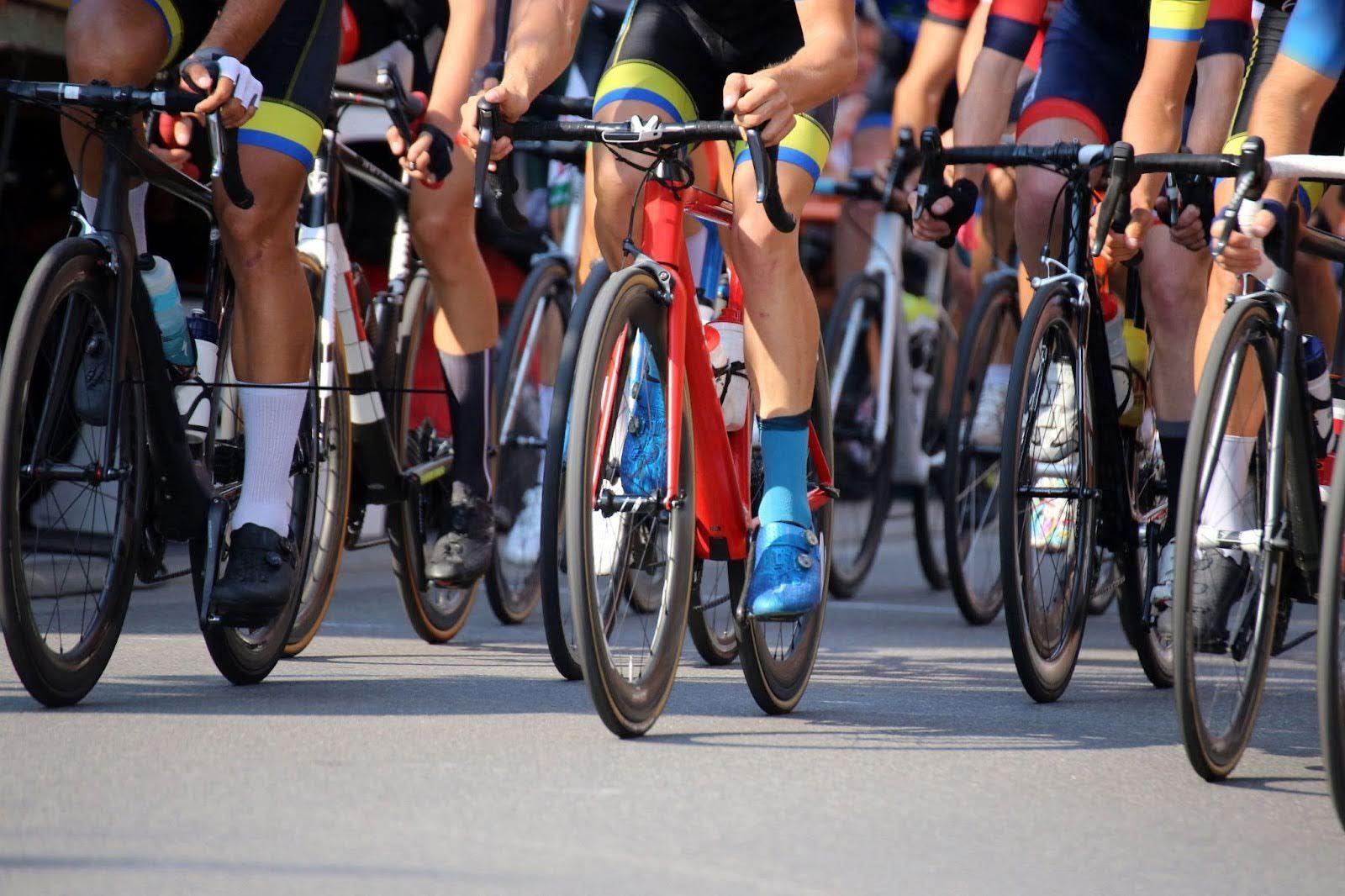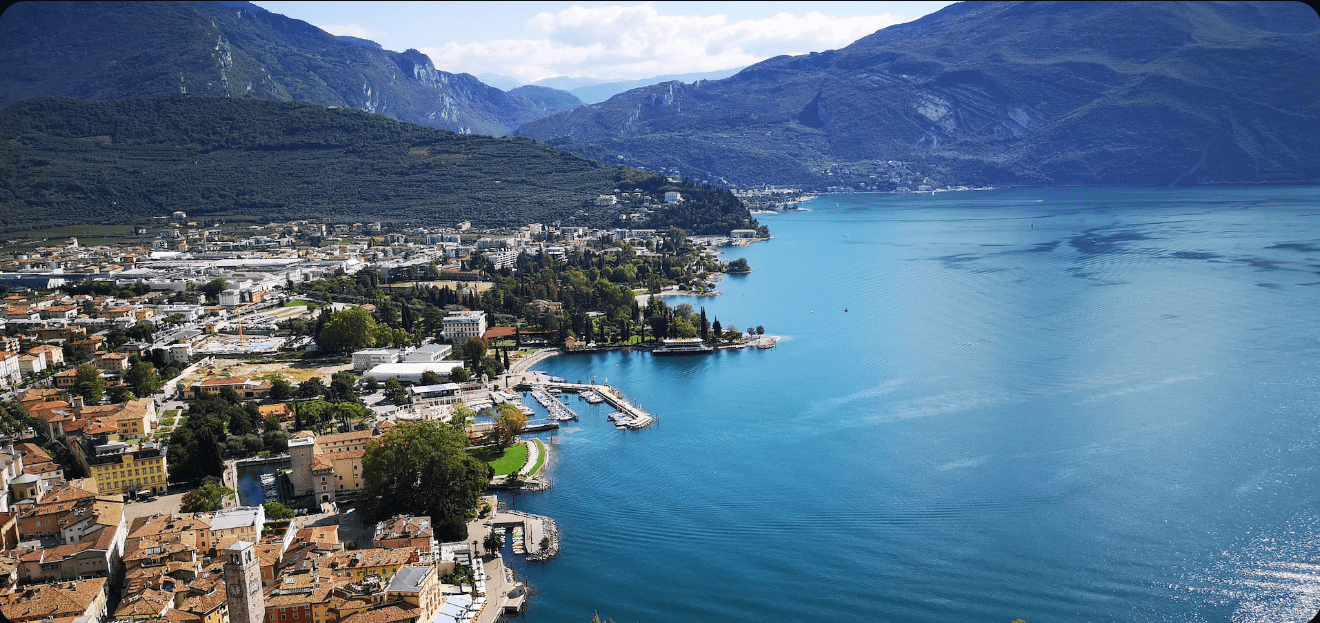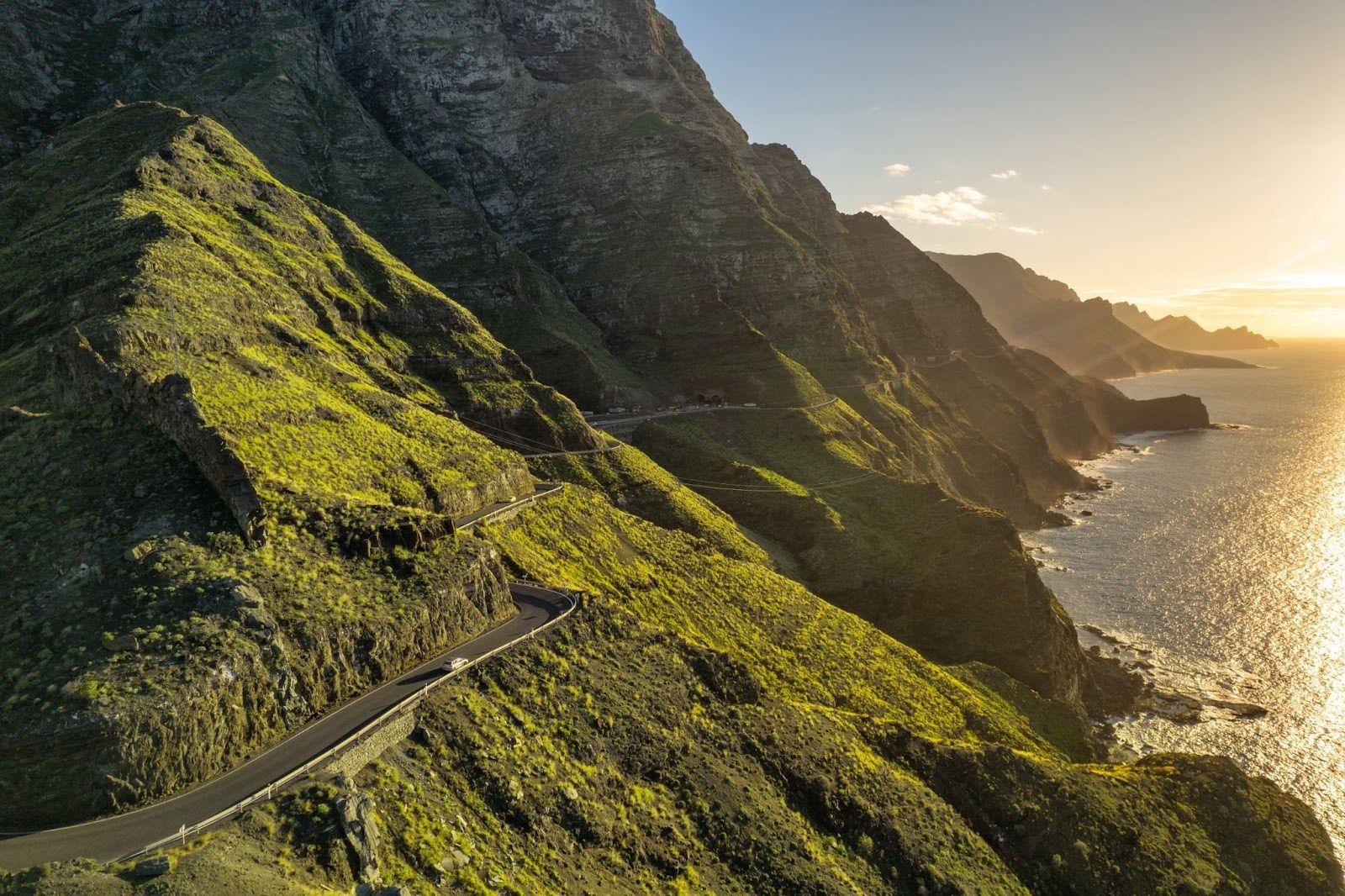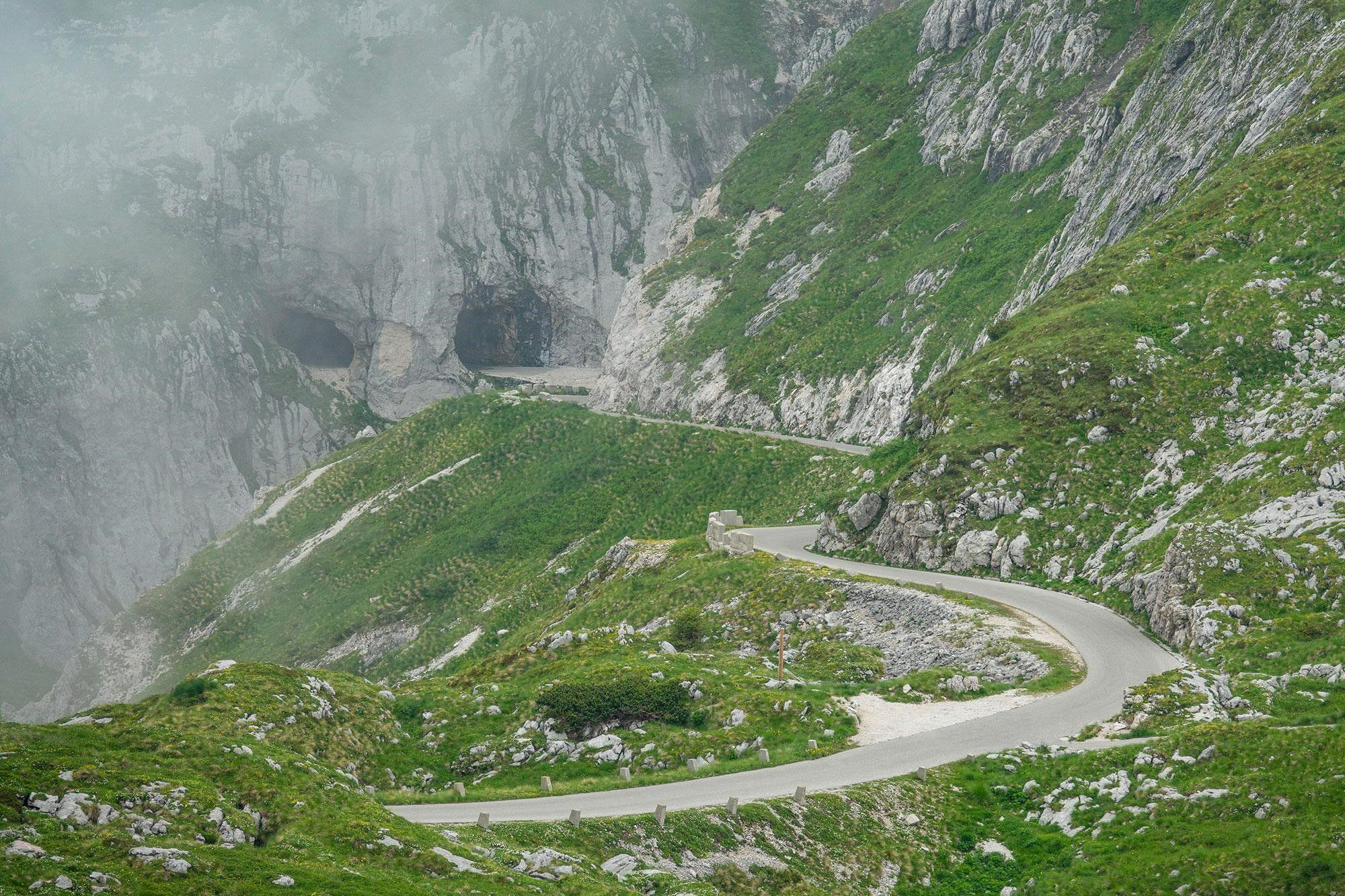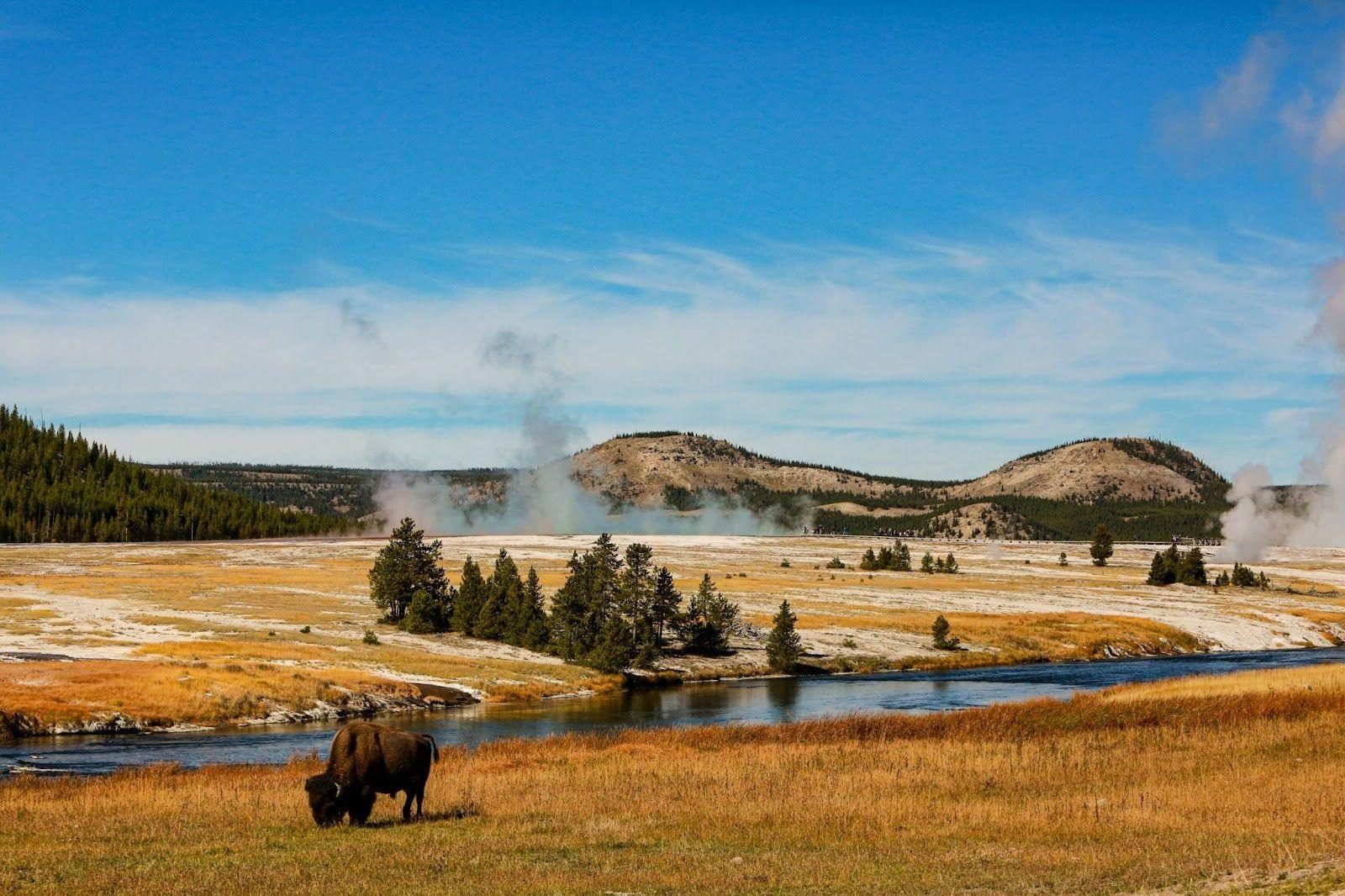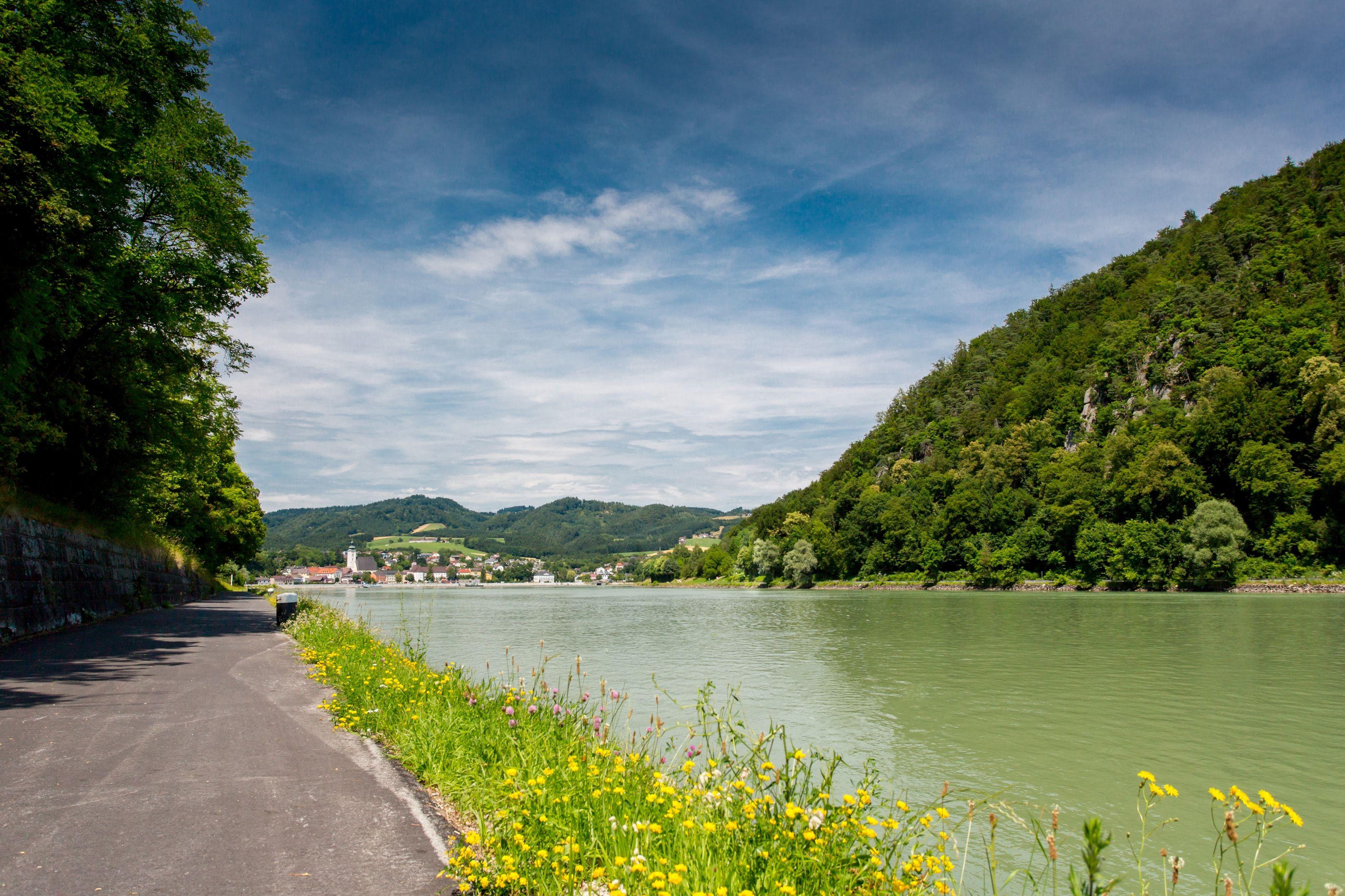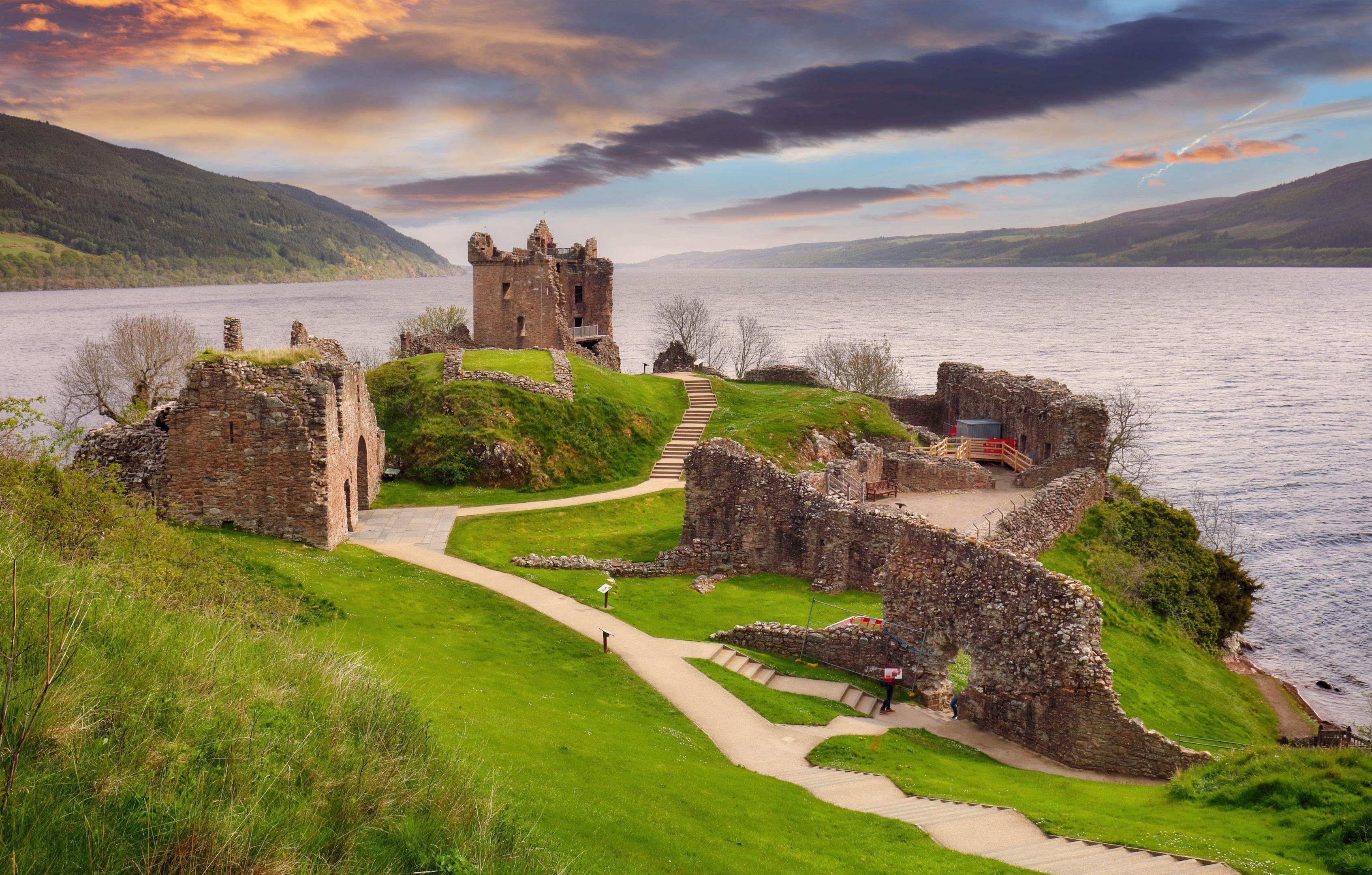The 108th Giro d'Italia, a three-week cycling race, will start on May 9 in Durrës, Albania, and finish on June 1 in Rome. The Tour will cover the usual 21 stages, two rest days, and over 3,400 km, with approximately 52,500 m of demanding ascent. The first week features Tuscan white gravel roads, and during the three weeks, there’ll be a total of five summit finishes and six sprint finishes. The world's top professional GC contenders will compete for the prestigious Maglia Rosa (pink jersey) and the coveted gold spiral trophy.
The Epic History of the Giro
The Giro d'Italia originated from a small, niche daily Italian newspaper called La Gazzetta dello Sport, which at the time covered news of various sports. The Giro d'Italia's inaugural race, held on May 13, 1909, was an attempt to boost newspaper sales, which it achieved with great success. But have you ever wondered why pink? The reason the race's primary theme colour is pink is because La Gazzetta's newspaper colour is pink. Today, RCS Sport runs the event, whose parent company, RCS Mediagroup, also owns the newspaper, which has over 3,6 million readers and remains the country's most popular paper.
Did you know? Some interesting facts!
In 1924, an Italian woman named Alfonsina Strada participated. She was the only woman to have ridden the men's race, and this was to demonstrate what women were capable of achieving.
Throughout the Giro's century-long history, there were nine years when the Giro d'Italia did not take place, and those years coincided with the two World Wars.
Today, the Giro d'Italia broadcasts to over 800 million people in 174 countries and across five continents.
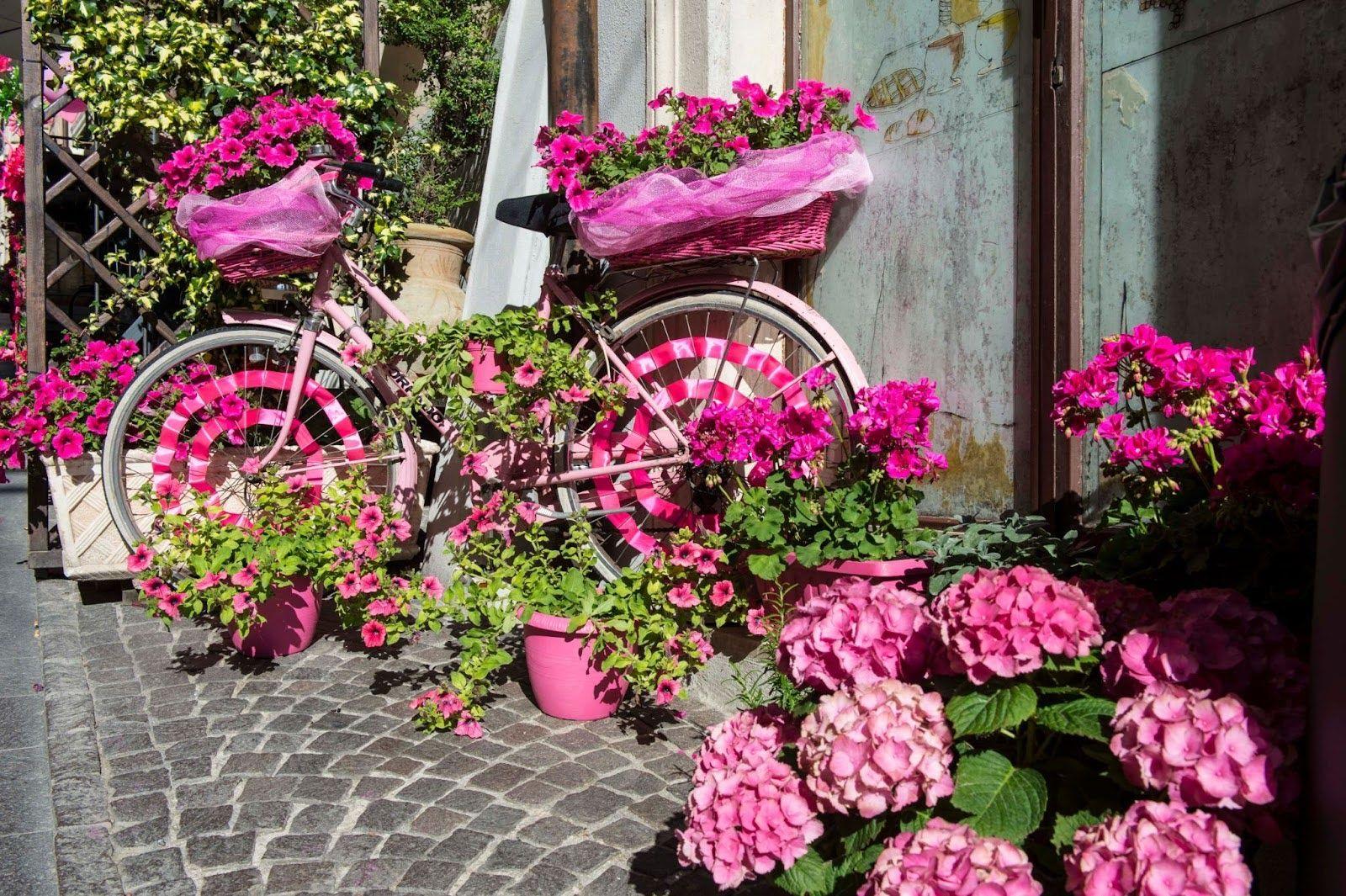
The 2025 Route: A Race Across Borders
The first 160-km stage starts in Albania from Durrës to Tirana and is followed by a 13.7 km individual time trial within Tirana on May 10. On May 11, a 160 km loop starts and ends in Vlorë. After a rest day on May 12, the race continues in Italy, taking the riders through Apulia, Campania, and Tuscany, including iconic climbs such as the Passo Mortirolo and the infamous, gravelly, and steep Colle delle Finestre.
Climbs and Summit Finishes: The Mountains That Shape the 2025 Giro
The 2025 Giro d'Italia features a series of demanding climbs and summit finishes, poised to challenge the peloton and captivate fans. The final week is mainly mountainous, featuring iconic ascents that have historically been crucial in the race's outcome. Here are the most iconic climbs:
Stage 15 on Sunday, May 25, presents a gruelling 214 km route from Fiume Veneto to Asiago, with about 4,000 m of climbing. The stage's highlight is the notorious Monte Grappa climb, a 19 km ascent with an average gradient of 8% and sections that reach up to 11%. This challenging climb occurs around the 80 km mark, followed by a lengthy descent and more climbs before finishing in Asiago. Monte Grappa carries significant historical importance, serving as a key battleground during World War I. The summit is home to a military shrine honouring the soldiers who fought there.
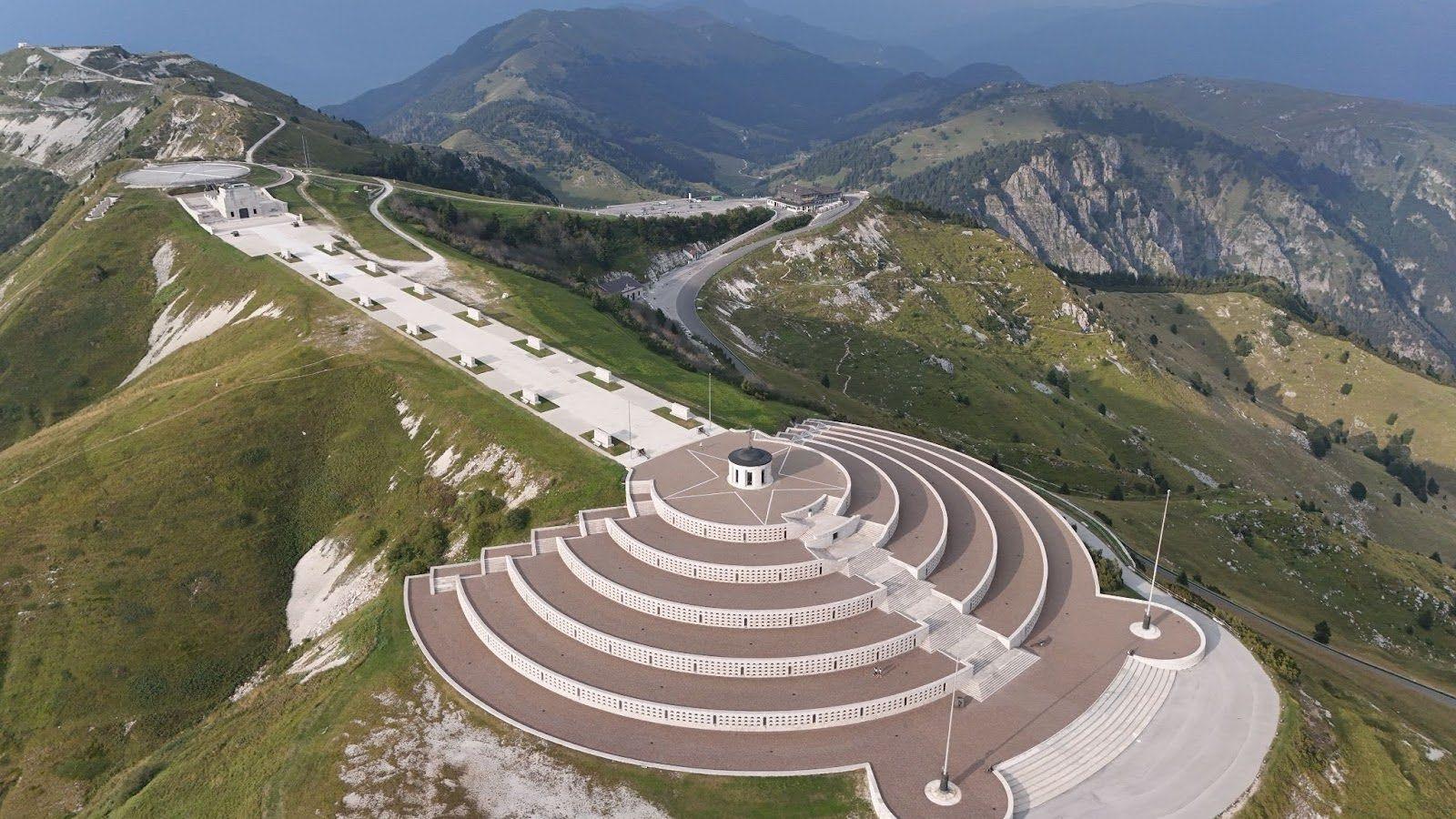
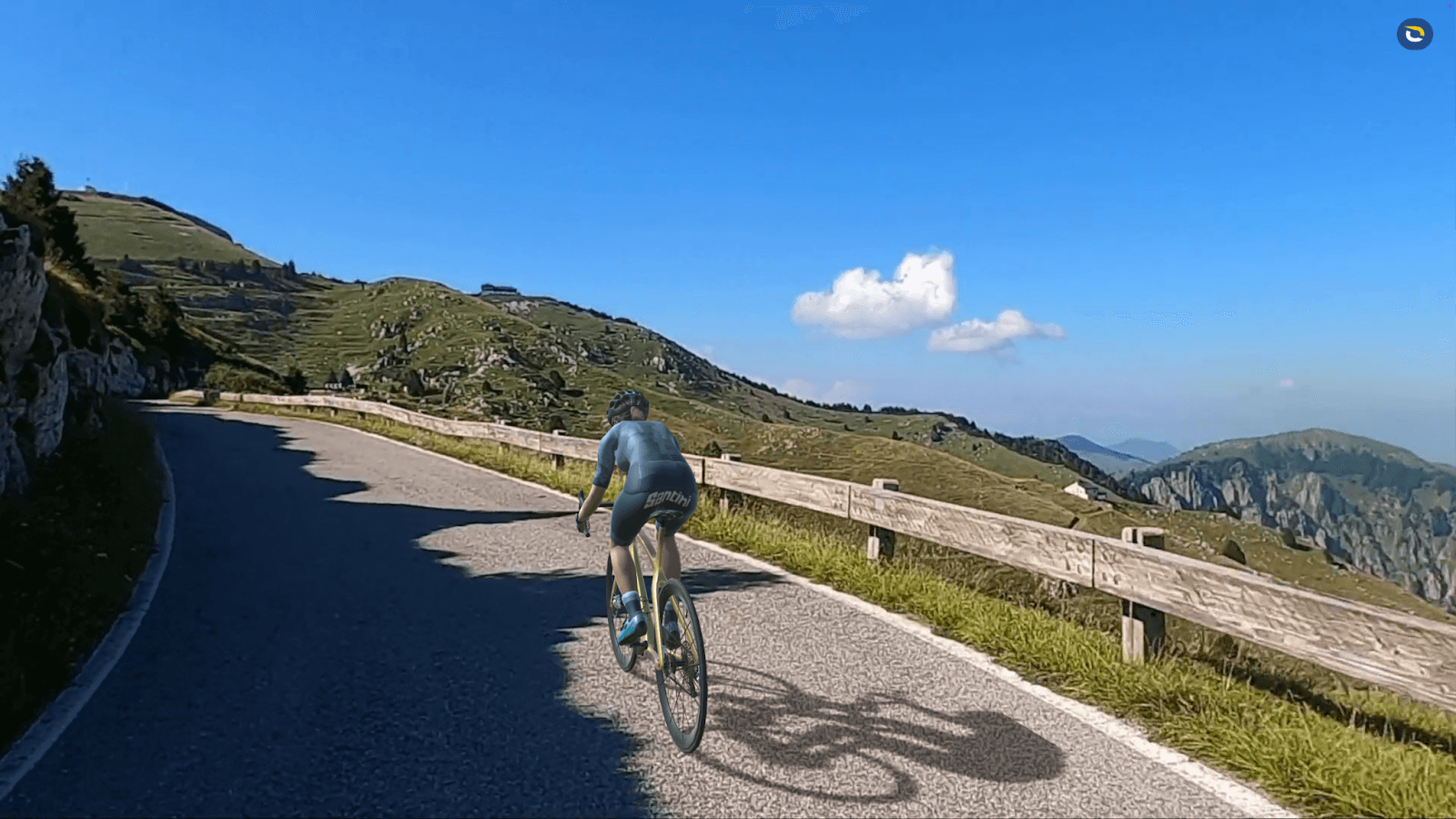
Stage 17 covers a 154 km distance from San Michele all’Adige to Bormio. The race begins with a gradual ascent that leads to the Passo Tonale at the 54 km mark, featuring a 15.2 km climb with an average gradient of 6%. After descending into Ponte di Legno, riders tackle the challenging switchbacks of the Passo del Mortirolo, a 13 km iconic climb from the Monno side. The average gradient is 7.6%, with a steep double-digit gradient in the final few kilometres, resulting in approximately 1000 m of relentless climbing.
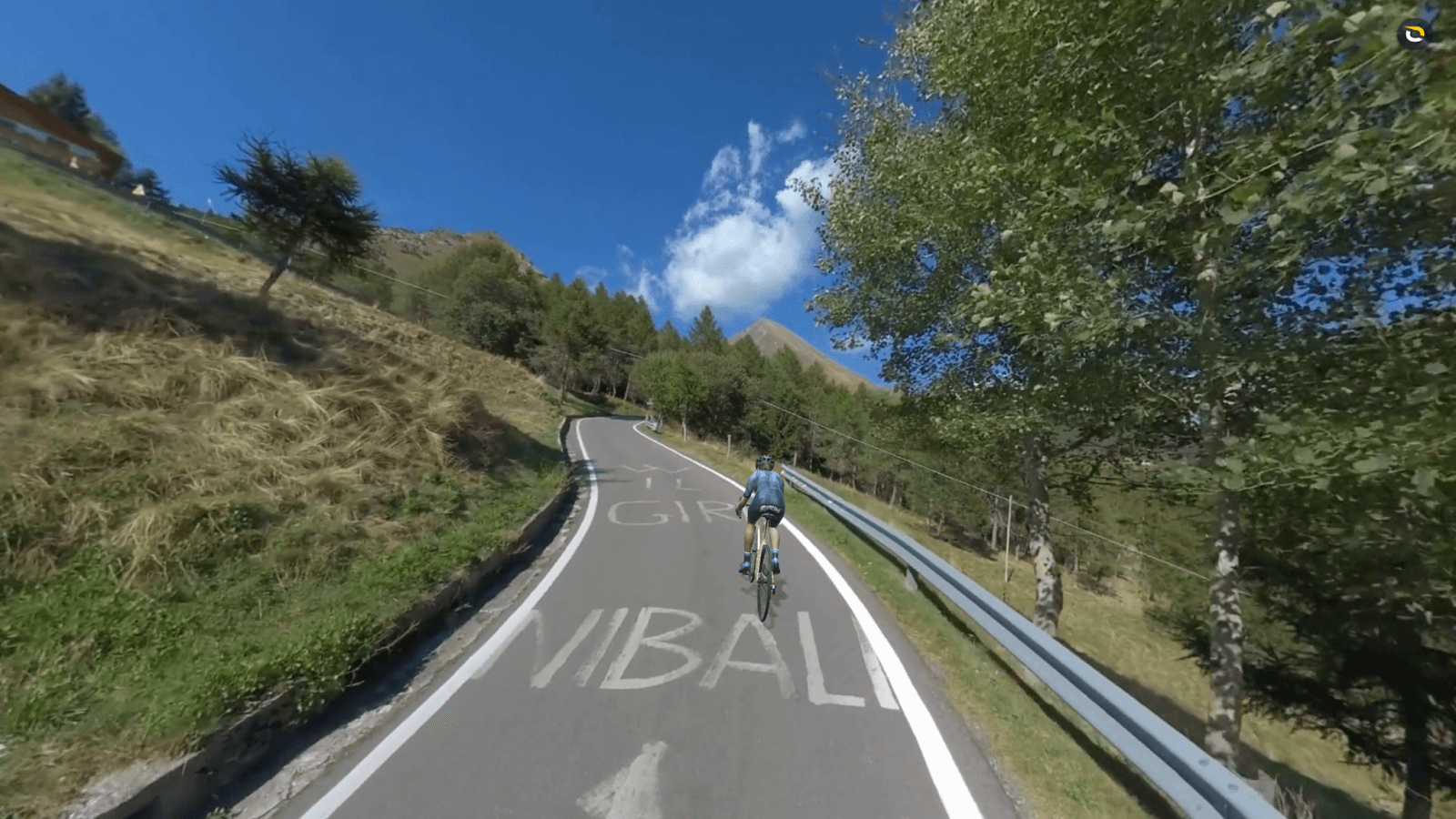
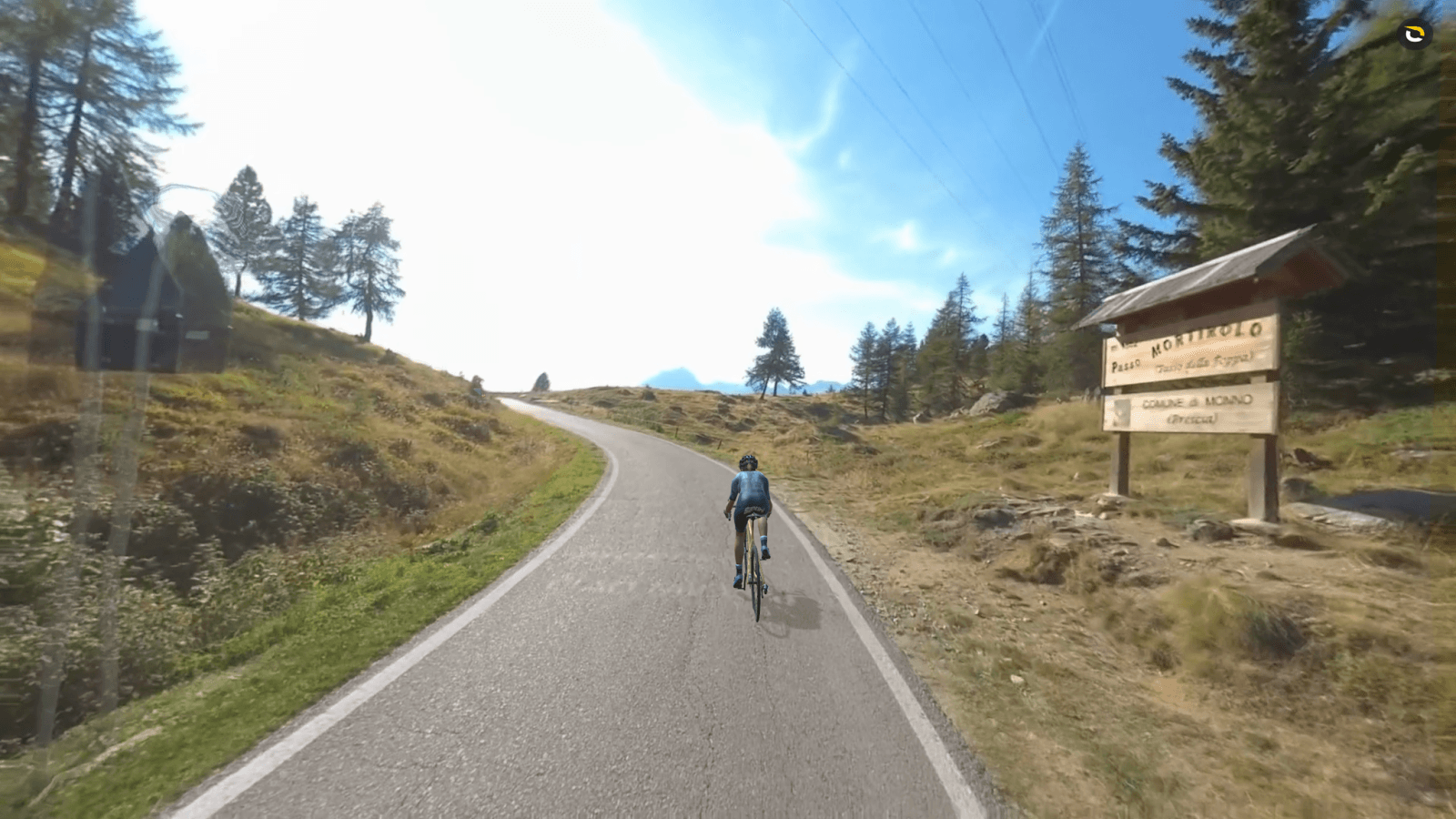
In Stage 20, one of the most anticipated and exciting stages is the ascent of the famous unpaved climb, the Colle delle Finestre, starting from Piedmont’s Sousa Valley. This 18.5 km climb, with an average gradient of 9.2%, features an 8 km stretch of gravel road near the summit. The Colle delle Finestre has historically led to significant changes in the general classification. The pros will tackle hairpins and challenging, technical gravel sections, adding complexity and grit to the ascent. The climb has a reputation for prompting bold tactics and breakaways in the peloton. Given its demanding gradient and need for good technical handling, this stage is likely to play a crucial role in determining the overall standings of the race.

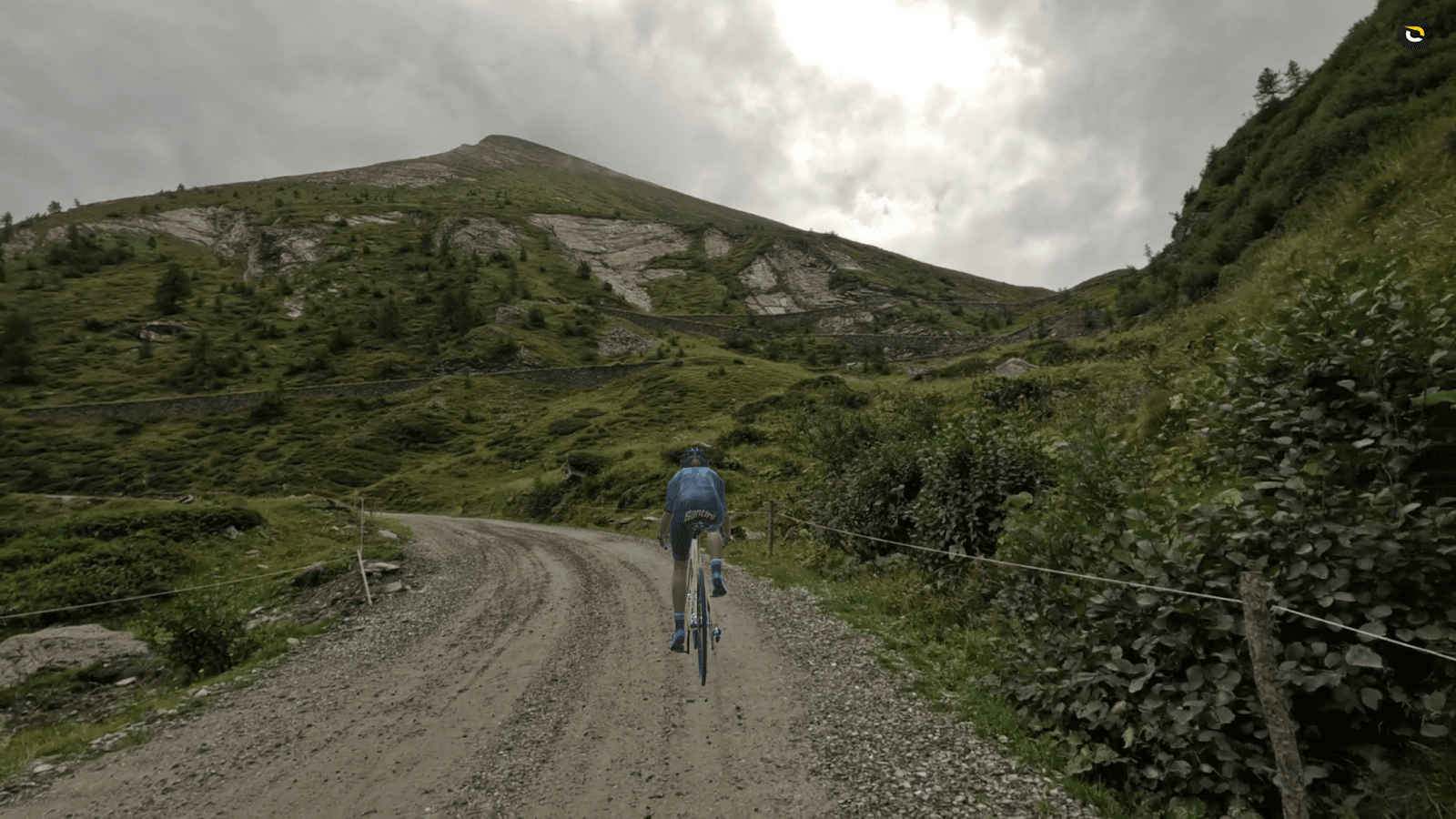
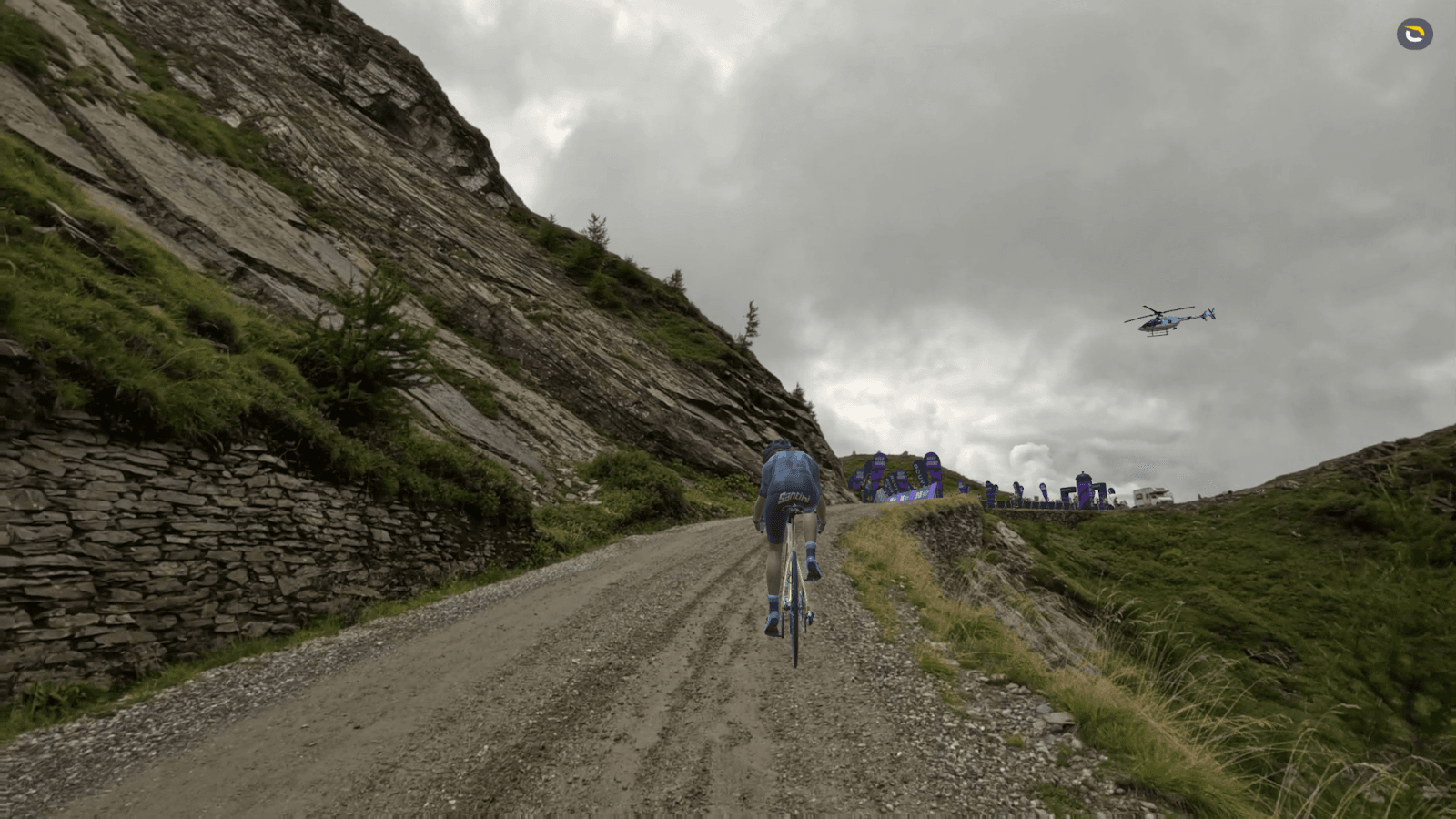
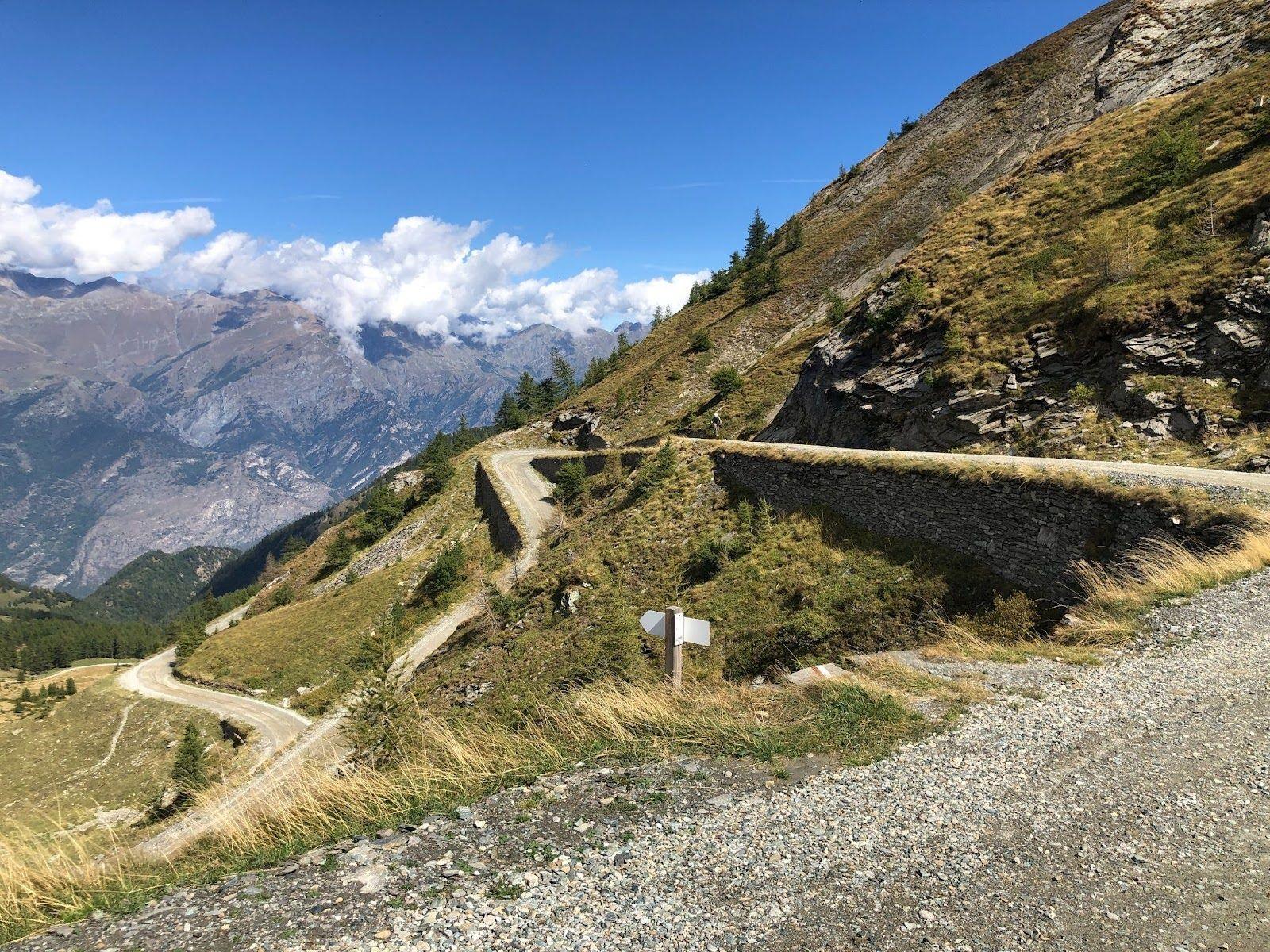

Above: Photo taken after completing the 30 switchbacks of this legendary gravel climb, twice, in 2017 and 2023. During the Giro, the atmosphere along these climbs is electric, with fans—known as Tifosi—lining the roads to cheer on the riders. Their enthusiastic and noisy support, with flags, banners and shouting, can get out of hand, but it’s all about the heart and soul of the Giro.
